
Waterbirds in the UK 2021/22: The Wetland Bird Survey and Goose & Swan Monitoring Programme
Latest Publications
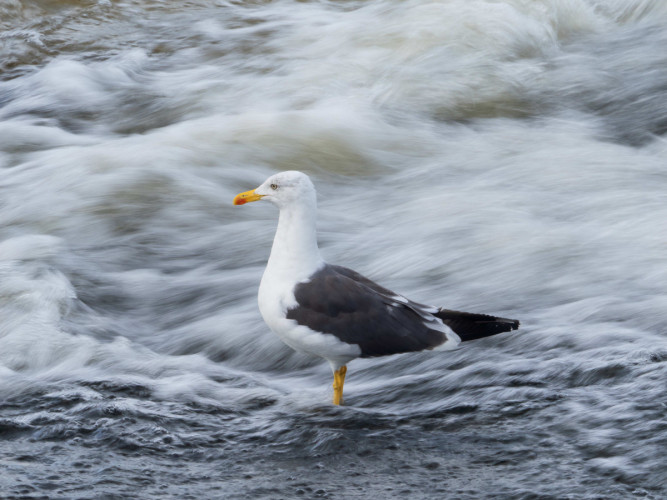
Leakage of plastics and other debris from landfills to a highly protected lake by wintering gulls
The study, led by the Institut de Ciències del Mar and Estación Biológica de Doñana, CSIC, Spain, used diet samples collected in January 2022 at the Fuente de Piedra – an inland lake in Spain that
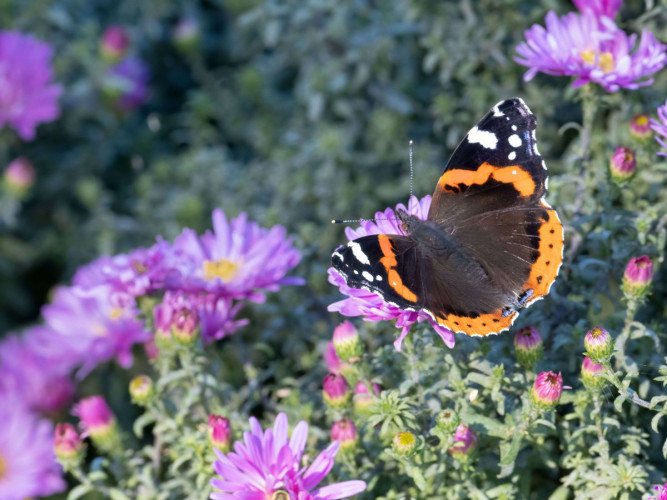
Using butterfly survey data to model habitat associations in urban developments
This study used data from 160 urban sites in England, collected by volunteers taking part in the Wider Countryside Butterfly Survey, in which BTO is a partner.
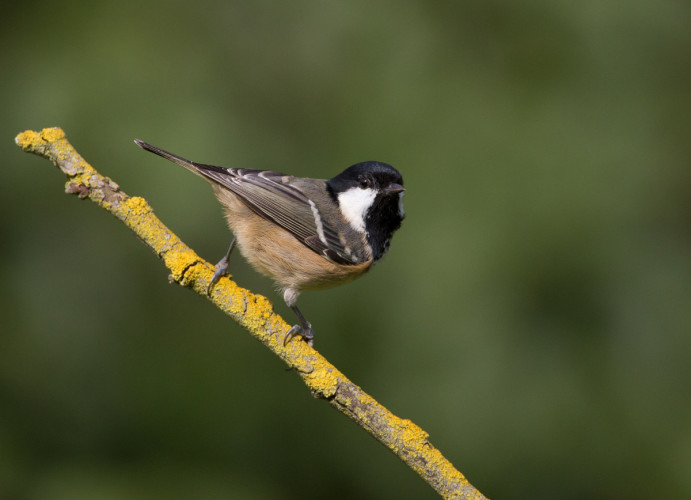
Avian responses to climate extremes: insights into abundance curves and species sensitivity using the UK Breeding Bird Survey
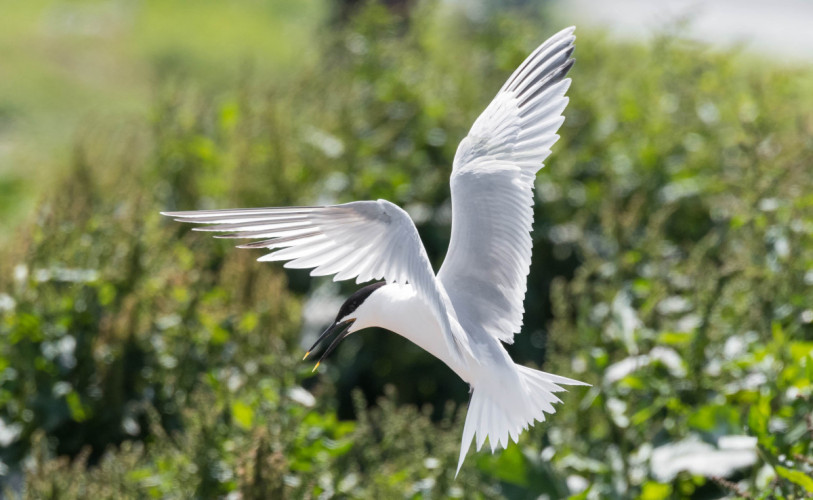
Behavioural responses of Sandwich terns following the construction of offshore wind farms
Between 2016 and 2019, BTO scientists fitted Sandwich Terns breeding at Scolt Head Island in Norfolk with long-life GPS tags which tracked the birds’ movements over multiple years.
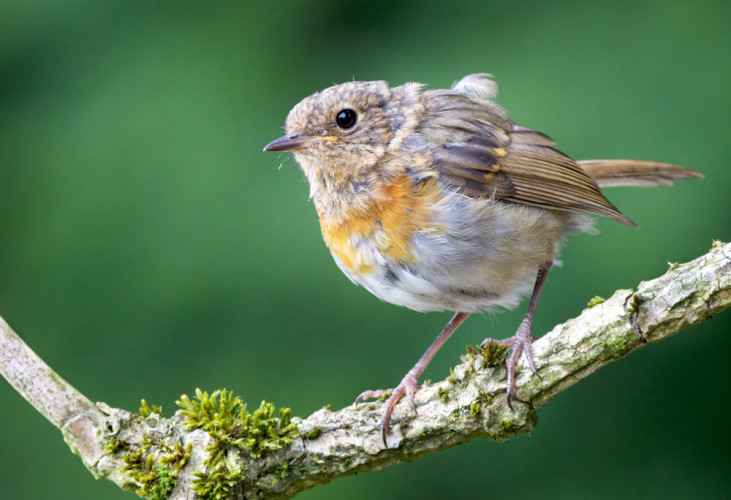
Extended moult phenology models improve inferences about moult duration and timing
Removing barriers to studying moult in birds

Remote tracking unveils intercontinental movements of nomadic Short-eared Owls Asio flammeus with implications for resource tracking by irruptive specialist predators
Astounding Short-eared Owl movements revealed
One such species is the Short-eared Owl, the subject of a long-term tracking study by BTO Senior Resea
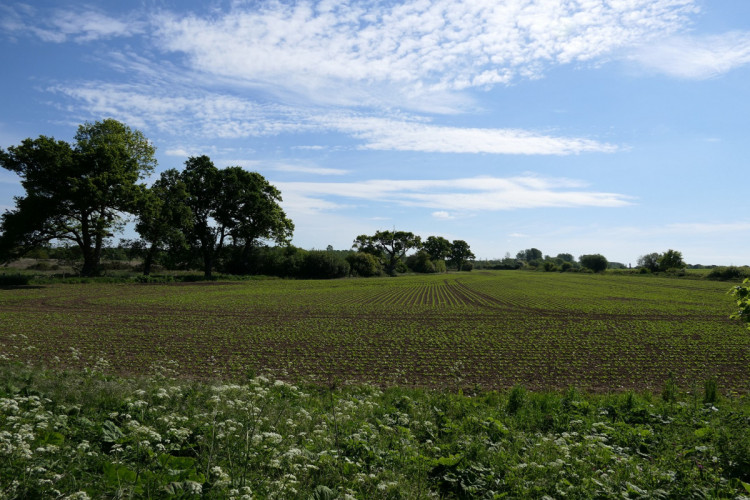
Distance functions of carabids in crop fields depend on functional traits, crop type and adjacent habitat: a synthesis

Contrasting habitat use between and within Bar-tailed Godwit and Curlew wintering on the Wash, England
Adjacent habitats vital for intertidal waders
A new study has revealed contrasting habitat use between and within Bar-tailed Godwits and Curlews wintering on the Wash.
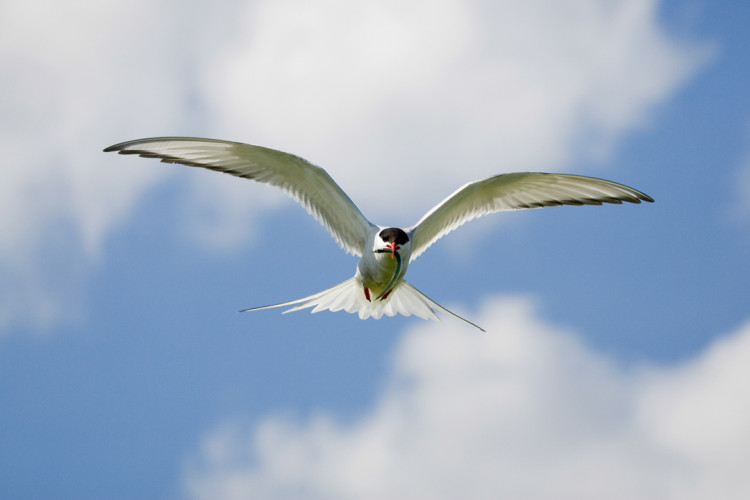
Climate change and migratory species: a review of impacts, conservation actions, indicators and ecosystem services.
Part 1 documents a review of literature which was carried out to identify the impac

Ryevitalise – Bats and ancient trees report: 2023
Bats and ancient trees
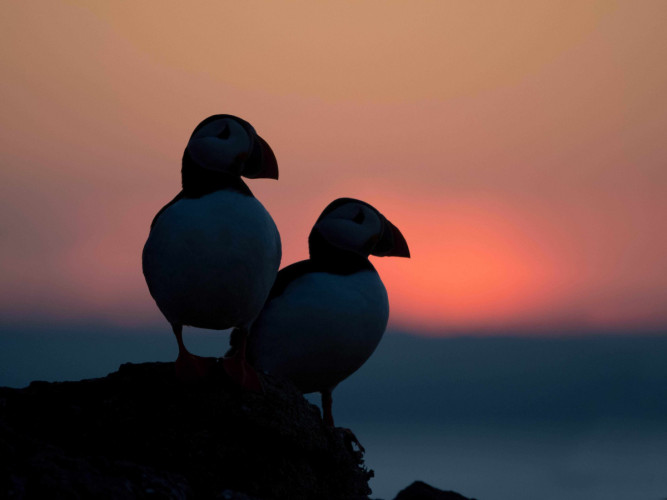
Seabird abundances projected to decline in response to climate change in Britain and Ireland
Future impact of climate change on threatened seabirds
New BTO research predicts seabird declines of up to 90% by 2050 in Britain and Ireland under a ‘business as usual’ climate scenario.

Linking climate warming and land conversion to species’ range changes across Great Britain
The most notable changes over the past 75 years have been an increase in temperature and a loss of roughly 90% of lowland meadow and pasture, mainly converted to arable farmland and improved grassl

Flight heights obtained from GPS versus altimeters influence estimates of collision risk with offshore wind turbines in Lesser Black-backed Gulls Larus fuscus
As previous BTO research has shown, bird-borne tracking devices are essential for shedding light on seabird flight behaviour.
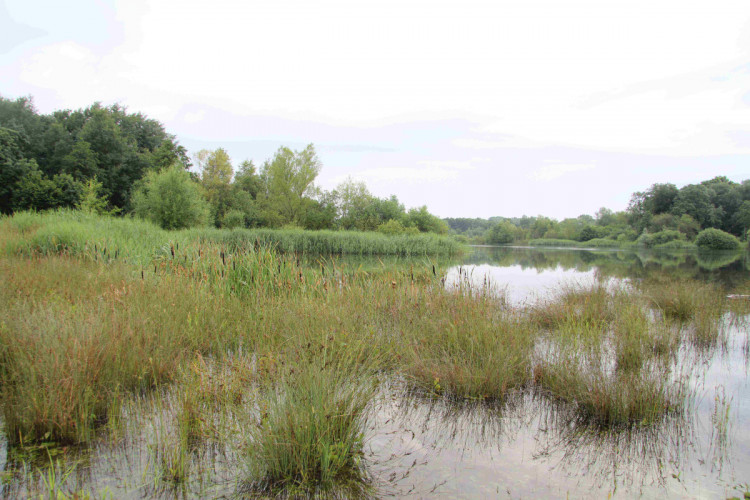
Spatially targeted nature-based solutions can mitigate climate change and nature loss but require a systems approach

Avoidance of offshore wind farms by Sandwich Terns in the North Sea increases with turbine density
How do offshore wind farms affect seabird behaviour?
Research reveals a crucial link between wind farm design and Sandwich Tern behaviour in the North Sea.
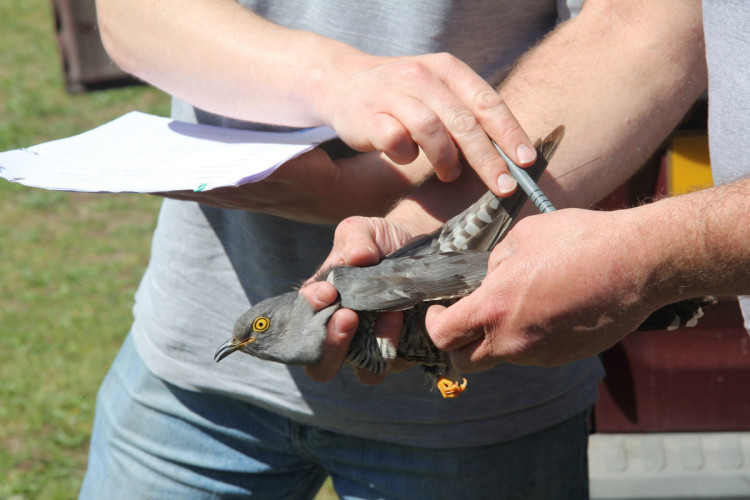
Combining remote sensing and tracking data to quantify species’ cumulative exposure to anthropogenic change
The results showed that although the actual amount of change had been greatest on the breeding grounds, cumulative exposure to changes in direct mortality risk and climate were highest during the C
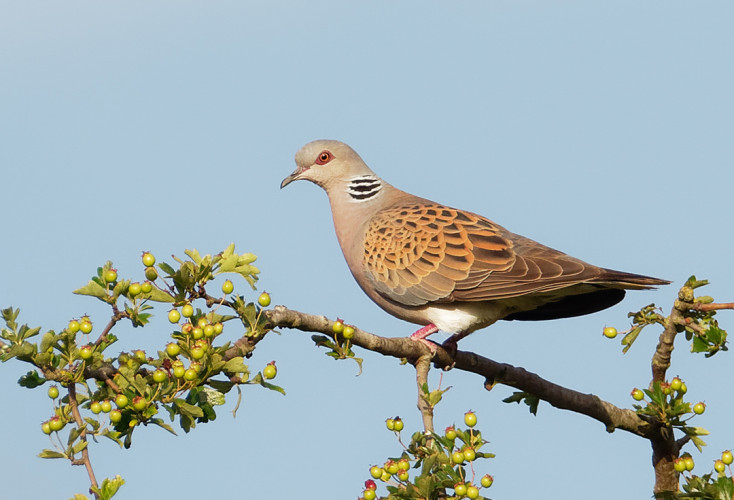
State of Nature report 2023
The current state of nature
The UK, like most other countries worldwide, has experienced a significant loss of biodiversity.

LifeCycle issue 12, Summer 2023
This issue contains articles on Redshank and Dunnock nest finding as well as a feature with advice and guidance on accessing funding to help fund fieldwork.

A demonstration of the value of recapture data for informing moult phenology models for species with imperfect moult data.
Developing statistical approaches to better understand feather moult
Researchers seeking to understand moult in the context of these other events need robust measures of moult duration and timing.

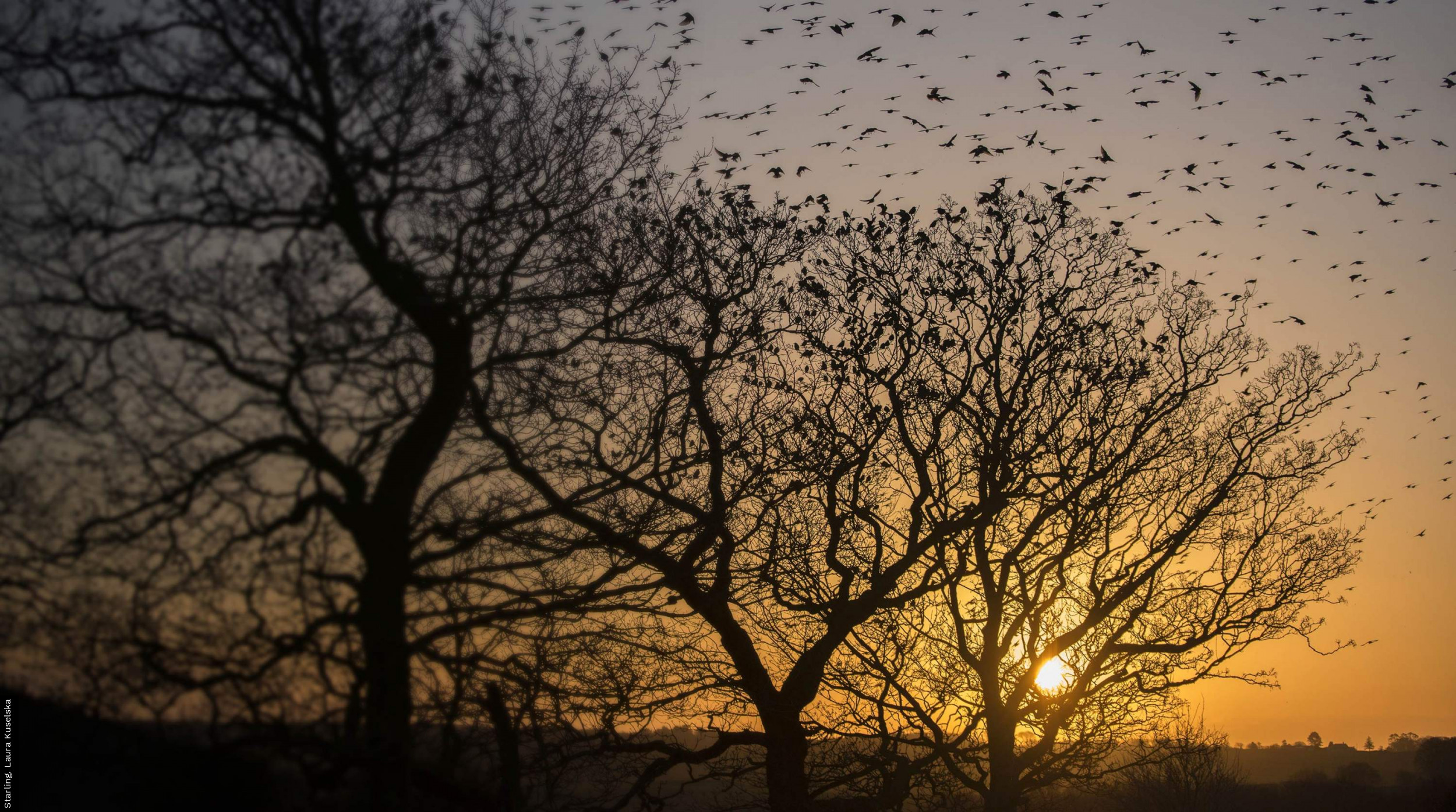
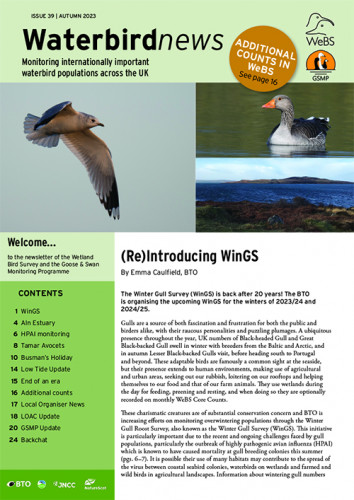

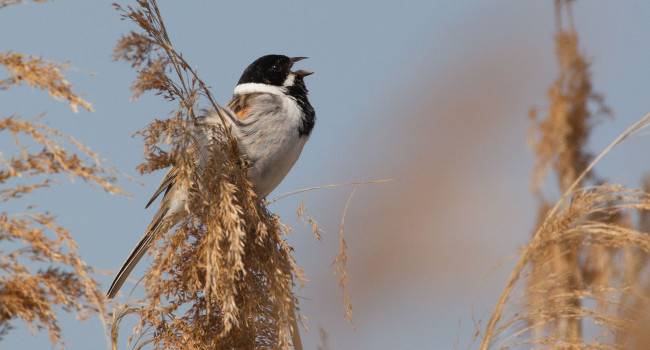


Share this page